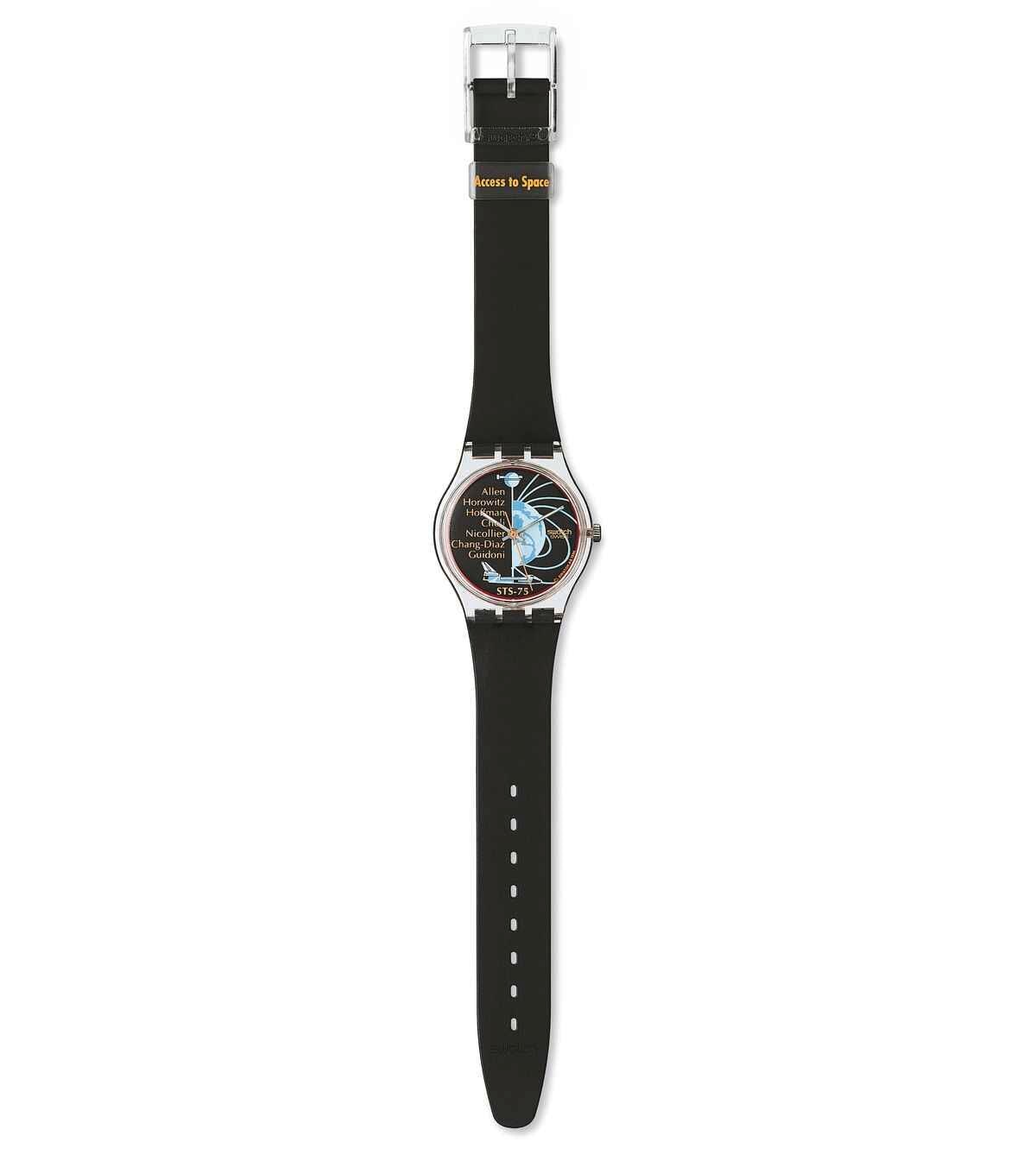

He took the first photograph of the shroud on. In May 1898 Italian photographer Secondo Pia was allowed to photograph the shroud.

Reddish-brown stains are found on the cloth, correlating, according to proponents, with the wounds in the Biblical description of the crucifixion of Jesus. He is muscular and tall (various experts have measured him as from 1.70 to 1.88 m or 5 ft 7 in to 6 ft 2 in). The image in faint straw-yellow colour on the crown of the cloth fibres appears to be of a man with a beard, moustache, and shoulder-length hair parted in the middle. The front and back views of the head nearly meet at the middle of the cloth. The two views are aligned along the midplane of the body and point in opposite directions. Its most distinctive characteristic is the faint, brownish image of a front and back view of a naked man with his hands folded across his groin. The cloth is woven in a three-to-one herringbone twill composed of flax fibrils. The shroud is rectangular, measuring approximately 4.4 by 1.1 metres (14 ft 5 in × 3 ft 7 in). It is used as part of the devotion to the Holy Face of Jesus. Secondo Pia's 1898 negative of the image on the Shroud of Turin has an appearance suggesting a positive image. The shroud continues to be intensely studied, and remains a controversial issue among scientists and biblical scholars. A variety of methods have been proposed for the formation of the image, but the actual method used has not yet been conclusively identified. The image on the shroud is much clearer in black and white negative-first observed in 1898 by photographer Secondo Pia-than in its natural sepia color. All hypotheses put forward to challenge the radiocarbon dating have been scientifically refuted, including the medieval repair hypothesis, the bio-contamination hypothesis and the carbon monoxide hypothesis. In 1988, radiocarbon dating established that the shroud was from the Middle Ages, between the years 12. The shroud has been kept in the royal chapel of the Cathedral of Turin, in northern Italy, since 1578. Currently the Catholic Church neither formally endorses nor rejects the shroud, and in 2013 Pope Francis referred to it as an "icon of a man scourged and crucified". Some describe the image as depicting Jesus of Nazareth and believe the fabric is the burial shroud in which he was wrapped after crucifixion.įirst mentioned in 1354, the shroud was denounced in 1389 by the local bishop of Troyes as a fake. The Shroud of Turin ( Italian: Sindone di Torino), also known as the Holy Shroud (Italian: Sacra Sindone or Santa Sindone), is a length of linen cloth bearing the negative image of a man. Full-length image of the Turin Shroud before the 2002 restoration.


 0 kommentar(er)
0 kommentar(er)
